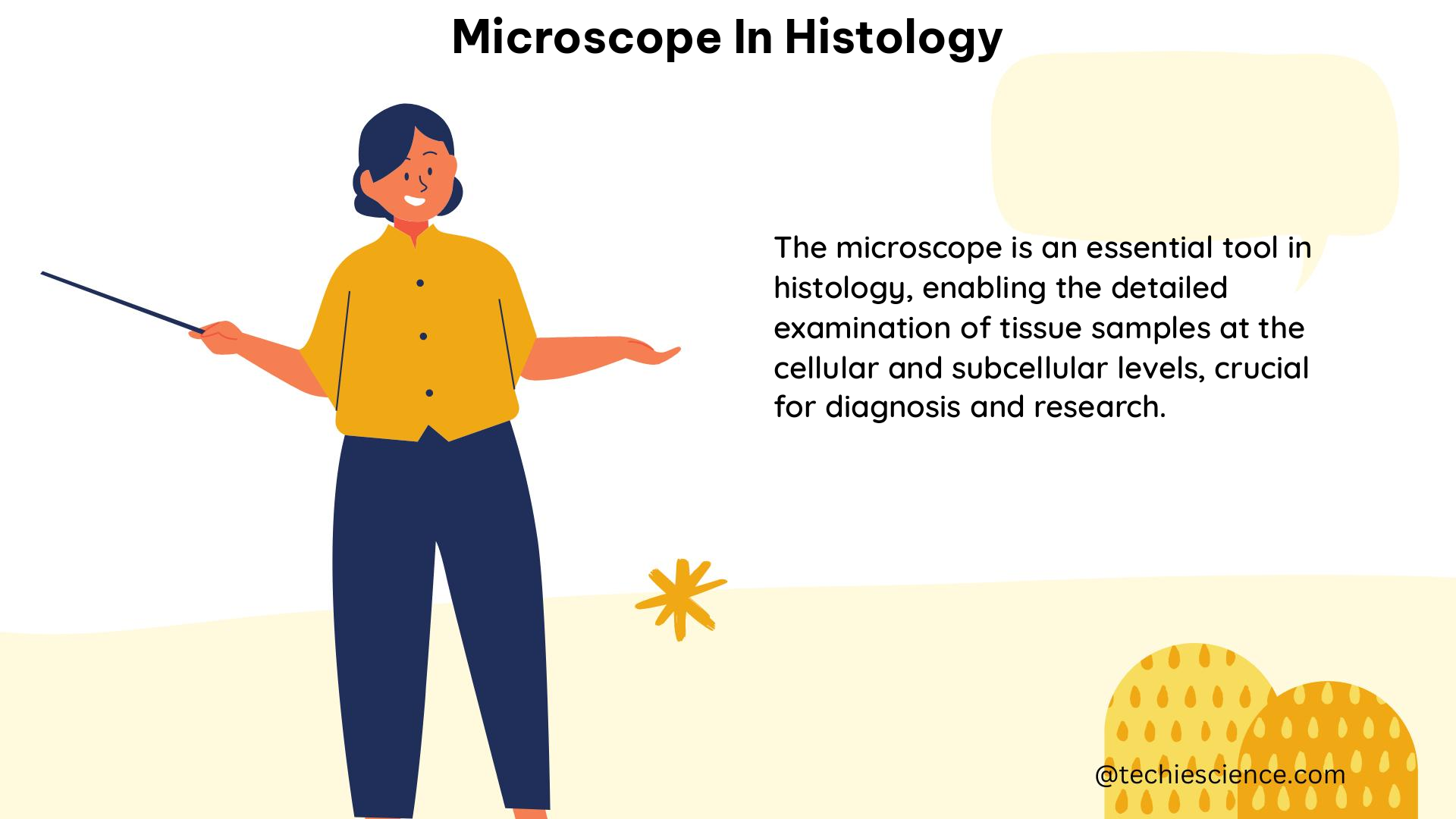The use of digital microscopy and image analysis in histology has revolutionized the way tissue-based research is conducted. Digital microscopy enables the digitization of histology slides, which can be stored in virtual slide repositories and viewed via computers instead of traditional microscopes. This technology offers several advantages, including easier and faster sharing of histologic images for teaching and consultation, improved storage and preservation of stained slides, and annotation of features of interest in the digital slides.
Technical Specifications of Whole Slide Imaging (WSI) Scanners
Whole slide imaging (WSI) scanners are the primary tools used to digitize histology slides. These scanners have the following technical specifications:
- High Resolution: WSI scanners typically have a resolution around 0.25 microns per pixel, allowing for the capture of fine details in the tissue samples.
- Entire Slide Scanning: WSI scanners can scan an entire histology slide in a single image, creating a comprehensive digital representation of the sample.
- Virtual Slide Repository: The scanned images are stored in a virtual slide repository, which can be accessed and viewed using specialized computer software.
Digital Image Analysis in Histology

Digital image analysis software is used to extract quantitative data from the digitized histology slides. This process involves the measurement of various types of visual information, including:
- Intensity: Measuring the brightness or darkness of pixels in the image, which can provide insights into tissue staining patterns or cellular features.
- Morphology: Analyzing the shape and size of objects, such as cells or tissue structures, to quantify their characteristics.
- Object Counts: Identifying and counting specific objects, like cells or nuclei, within the tissue sample.
- Categorical Labels: Assigning categorical labels to different regions or structures within the tissue, such as tumor versus non-tumor areas.
Understanding the origin, measurement, and potential influencing factors of these visual information types is crucial for accurate and meaningful data analysis.
Considerations for Quantifying Microscopy Data
When quantifying microscopy data, there are several key factors to consider:
- File Formats: Using lossless file formats, such as PNG, TIFF, or GIF, ensures that the original image information is retained without any compression artifacts.
- Exposure Time: Proper exposure time is crucial to avoid saturation or lack of dynamic range in the image.
- Magnification and Binning: Choosing the appropriate magnification and binning settings on the microscope’s camera can impact the quality and resolution of the image analysis.
- Illumination and Background Variation: Correcting for illumination and background variation can improve the accuracy of image analysis.
- Stain-Specific Considerations: Brightfield or histology images may require special considerations depending on the type of stain used, as different stains can affect the visual characteristics of the tissue.
Preanalytical Variables in Digital Microscopy
Preanalytical variables, such as tissue processing and staining quality, can significantly influence the quality and reliability of digital microscopy data. To ensure optimal results, it is crucial to involve a pathologist throughout the digital microscopy and pathology workflow, from the initial planning stages to the selection of end-points.
Additionally, the combination of whole slide imaging (WSI) and digital image analysis can aid in recording additional useful annotated information pertinent to each sample, such as the proportions of tumor to non-tumor tissue for neoplastic samples.
Physics Principles Underlying Digital Microscopy and Image Analysis
Digital microscopy and image analysis involve the application of various physics principles, including:
- Optics: The design and operation of the microscope’s optical components, such as lenses and illumination systems, play a crucial role in image formation and quality.
- Electromagnetic Radiation: The interaction of light with the tissue samples, including absorption, scattering, and emission, determines the visual characteristics observed in the images.
- Sensor Technology: The camera and sensor used in the microscope system convert the optical information into digital signals, which are then processed and analyzed.
- Image Processing: Techniques like filtering, segmentation, and feature extraction are applied to the digital images to extract the desired quantitative information.
Understanding these underlying physics principles can help researchers optimize the performance of their digital microscopy and image analysis workflows.
Conclusion
Digital microscopy and image analysis have revolutionized the field of histology, offering numerous advantages over traditional microscopy. By understanding the technical specifications, preanalytical variables, and physics principles involved, researchers can leverage these powerful tools to conduct more accurate and efficient tissue-based research.
References:
– Whole slide imaging in pathology: advantages, limitations, and emerging perspectives
– Quantitative Microscopy: A Primer on Measurement, Analysis, and Interpretation
– Quantitative microscopy in histology: a review of emerging technologies and their applications

The lambdageeks.com Core SME Team is a group of experienced subject matter experts from diverse scientific and technical fields including Physics, Chemistry, Technology,Electronics & Electrical Engineering, Automotive, Mechanical Engineering. Our team collaborates to create high-quality, well-researched articles on a wide range of science and technology topics for the lambdageeks.com website.
All Our Senior SME are having more than 7 Years of experience in the respective fields . They are either Working Industry Professionals or assocaited With different Universities. Refer Our Authors Page to get to know About our Core SMEs.